Many people are familiar with service dogs that assist the visually impaired or mobility challenged. A special type of service dog, known as a psychiatric service dog, can also help with mental health conditions like anxiety.
A study found one of the most important tasks for a service dog for veterans is disrupting anxiety. Psychiatric service dogs can be trained to detect anxiety and then respond in a way that helps the handler.
A psychiatric service dog for anxiety can perform the following tasks:
- Redirect attention
- Bring medication or other objects
- Tactile stimulation
- Provide comforting pressure
- Fetch aid when needed
In this guide, we’ll provide some basic instructions and tips to help you train a psychiatric service dog.
- ADA Service Dog Training Rules
- Basic Obedience Training
- Calling an Anxiety Service Dog
- Training a Service Dog to Recognize Anxiety
ADA Service Dog Training Rules
The first thing to know is that, yes, you can train a psychiatric service dog on your own. You don’t need to adopt a fully trained service dog or hire a professional trainer (although that’s a good idea if you lack experience). Once fully trained, a psychiatric service dog has public access rights to places like stores, hotels, and airplanes.
To qualify for a PSD, the handler has an eligible psychiatric disability, and the dog must be fully trained to perform a task related to the disability. Many service dog handlers experience severe anxiety, which may also stem from other health conditions.
A service dog must not only be trained to perform its task capably, but it must also be a model citizen in public. Because service dogs have public access rights, they are expected to behave well around other people and animals and not become distracted from their duties.
Basic Obedience Training
The first step in teaching a dog to become a psychiatric service dog is obedience training. All service dogs must be able to perform basic tasks regardless of distractions in the environment. These include:
- Heeling on and off leash
- Sit and down stays in any environment.
- Coming when called regardless of distractions.
- Remaining in place at their handler’s side until released or given a task to perform.
- Remaining calm when people or other animals become emotional or reactive.
Accomplishing these behaviors can take several years of daily obedience training sessions. The dogs will need to go out in public and learn appropriate responses in various settings.
While teaching these concepts, other useful behaviors for being a psychiatric service dog are learned. These include fetching objects, object discrimination, moving in close for tactile comfort, and learning how to get their handler’s attention, such as pushing their nose against them or pawing at their leg.
Calling an Anxiety Service Dog
Many handlers call their psychiatric service dog when they are experiencing anxiety. When called, the dog will come to soothe the owner by touching or licking. Teaching a dog to come when called is one of the most basic commands to teach any dog.
It is the basis for starting the entire training process and is a very important behavior for the complex work of an anxiety service dog.
Before you can teach a dog to come, they must first learn to target. This means that they focus on a specific object. The easiest object to watch is your hand, as you hold a treat. They smell the treat and will naturally watch where it’s going. When the dog focuses on the target (your hand), you respond by using a unique sound, such as saying `Yes!` or making a clicking noise with your voice or a mechanical clicker.
Once your dog follows the target side-to-side and up-and-down, you can proceed to teach “come”:
- Show your dog the target and move backward a few steps as you say “come” in a pleasant tone.
- As your dog follows the target toward you, praise enthusiastically.
- When your dog arrives at your feet (after you’ve stepped backward 4 to 5 steps), click and reward.
- Repeat the exercise, gradually increasing the distance by two steps with each rendition.
- When your dog comes directly to you with a spring in their step, they have a good understanding of the exercise.
When your dog has a consistent response to the “come” cue (holding your hand in front of you as you move backward), it is time to add a second behavior: “sit.”
- When your dog arrives in front of you, place your target hand about 3 inches above their face, between their eyes.
- As your dog looks up, their rear end is likely to move down.
- The moment the dog’s rear touches the ground, click and reward.
- The next time you request the come, and sit, use the verbal “sit” command as you give the targeting cue. Through repetition, your dog will learn to respond to both the visual and verbal cues for sit.
When your dog has learned the meaning of come and sit, it is time to prove the response through distraction proofing. This can require a lot of time and effort as most dogs are distracted by various surroundings. This is what will separate a basically trained dog from one that is ready to become a service dog.
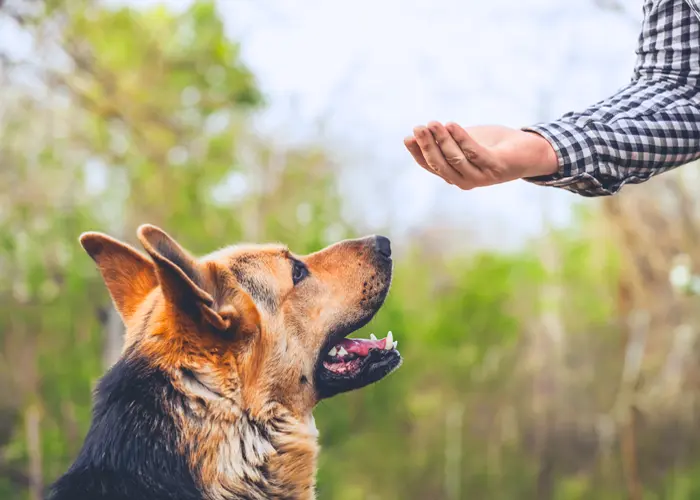
Once the dog reliably responds to the come cues, you can begin teaching the “lean in” cue.
- When the dog comes and sits, lure them closer using your target hand.
- When the dog actually touches your leg, click and reward.
- With each repetition, make the dog lean in a little harder prior to the click and reward.
At this point, a well-trained dog may get inventive and begin using other parts of their body to lean into you. Should the dog push their nose into your leg or wrap their leg around yours, be sure to click and reward the behavior so that the dog will repeat it.
This is a very important part of positive reinforcement training – capturing a desired behavior that your dog may offer. An anxiety service dog must also learn to come to subtle visual cues, recognizing when their handler is in distress.
Training a Service Dog to Recognize Anxiety
Many of the skills learned during basic training can help a psychiatric service dog respond to an anxiety attack. For example, the recall, sit and stay behaviors are incorporated into training the dog to remain close to their human companion, on cue.
Some psychiatric service dogs are used to detect an anxiety attack through a specific odor that can occur just prior to an anxiety attack, which can be a very challenging but rewarding skill to train.
Dogs have a spectacular sense of smell, enabling them to discern slight changes in odor and learn how to respond to that stimulus. This conditioning can require much time and exposure to achieve perfection, but the shortcut described above (creating a cue response) will facilitate a faster automatic response.
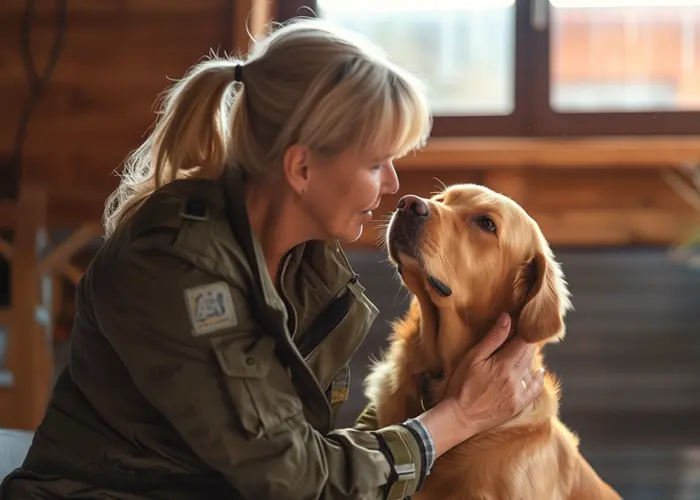
Each step must be broken down into smaller parcels, rewarding the dog for each increment of improved response. Some dogs quickly (even naturally) associate a scent with their learned response, while others may require months of operant conditioning work.
Through repetition, the dog will begin to associate their human companion’s odor with their “come, sit, and press against” cues.
Here is an example of the steps required to accomplish this complex behavior:
Note: Dogs automatically respond in some manner to a change in odor or atmosphere.
- The moment the dog has any sort of reaction, such as the nostrils extending, the body shifts, the head dips down, or the dog jumps up, to a change in odor as the distressed person’s blood pressure and digestive system changes, the behavior must be marked with a click, a verbal, “Yes,” or another unique behavior marker. All markers are followed by a reward. This will help the dog identify what they did, and they will be more likely to repeat the behavior as it is rewarding.
Note: A dog who has received obedience training has already learned this concept.
- Once the dog realizes that they are rewarded for responding to the scent, the trainer needs to guide them to the desired behavior pattern. Through successive approximation (gradually increasing criteria), the trainer guides the dog into the ultimate desired behavior. Or, the distressed person needs to use the cues already taught to the dog for the desired response. An example:
– The dog has learned to react to the scent. The distressed person then facilitates the dog, via the behavior cues, to move closer.
– Each small move closer to the distressed person results in a behavior marker (click, “Yes” or another unique sound).
– The behavior is shaped all the way until the dog learns to lean against the distressed person, using contact to alleviate the distress.
– When the person is calm, the dog is released from continuing the response. The dog will associate the change in scent and demeanor (visual cues) as a time to relax.
Repetition is key to developing the dog’s automatic response. A dog who is already emotionally attached to this person may naturally tune into their changing emotions and respond by moving closer.
This is common in Golden Retrievers, an emotionally sensitive breed. But any well-trained dog who prefers to remain near their human companion will quickly learn this response when they sense a change in the person’s pheromone emissions.
- The final test is observing what the dog does when the distressed person’s blood pressure rises as an anxiety attack begins. The moment the dog moves to the person and presses against them, the behavior should be marked, and the dog should be rewarded.
- Each time this occurs, the handler needs to hold off on the reward marker a little bit longer, conditioning the dog to remain in contact with the person until verbally released.
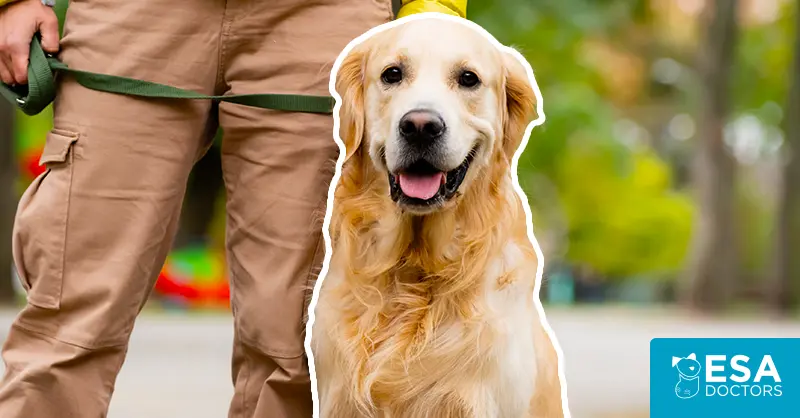


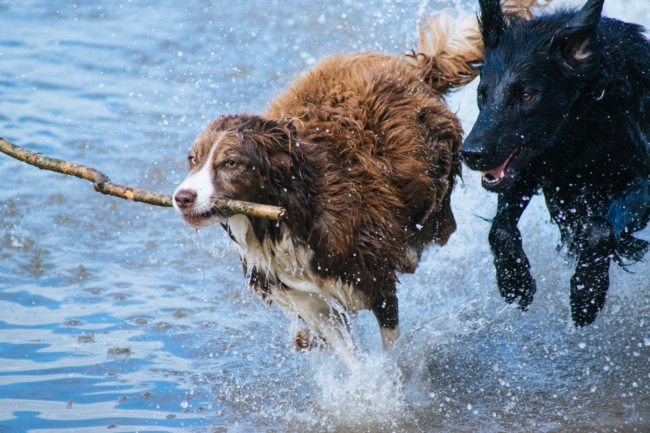

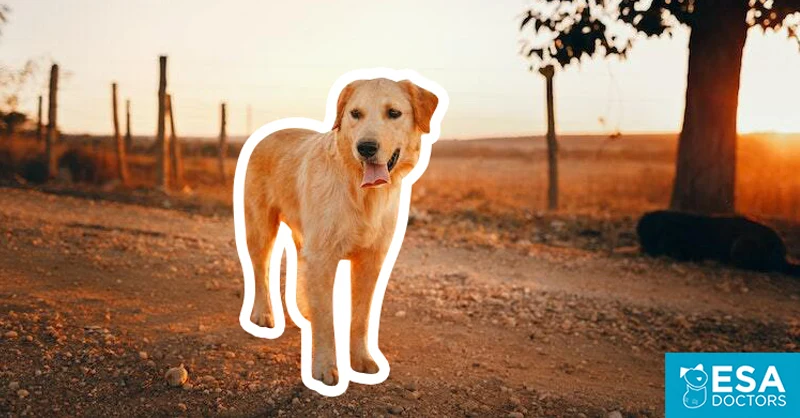
Leave a Comment